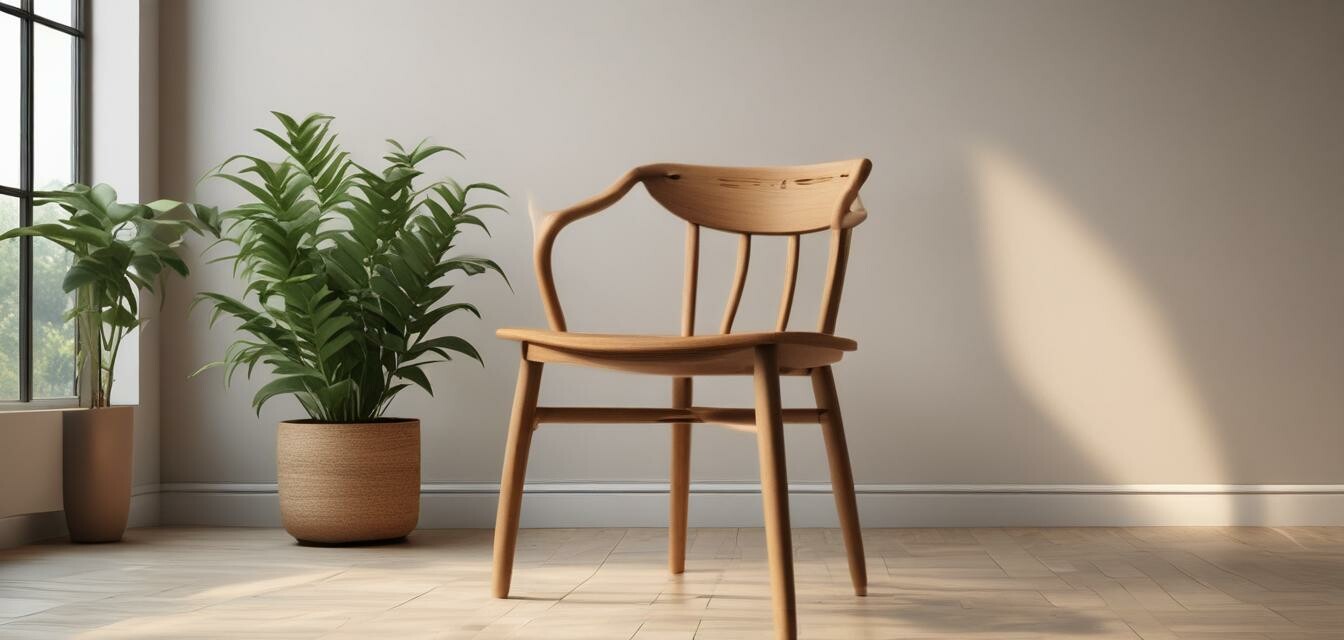
How Minimalism is Reshaping Wooden Furniture Design
- Minimalism emphasizes simplicity and functionality in design.
- Natural wood materials play a significant role in modern minimalist aesthetics.
- Consumer preferences are shifting towards sustainable and versatile wooden furniture.
- Minimalism impacts furniture design trends, inspiring cleaner lines and fewer embellishments.
- Understanding minimalism can help buyers make informed choices for their homes.
In 2025, the world of furniture design is witnessing a significant transformation, predominantly shaped by the minimalist movement. This article explores how minimalism influences wooden furniture styles while considering consumer preferences. We will dive into the reasons behind the shift towards simplicity and sustainability, showcasing how these changes are manifesting in the realm of natural wood products.
The Essence of Minimalism in Design
Minimalism goes beyond mere aesthetics; it embodies a philosophy that advocates for simplicity, functionality, and intentionality. In furniture design, this means stripping down unnecessary elements to reveal a cleaner, more organized look. The focus shifts to the quality of materials, craftsmanship, and the inherent beauty of natural wood.
Core Principles of Minimalism
- Simplicity: Clean lines and uncluttered spaces define minimalist design.
- Functionality: Each piece is designed to serve a purpose with minimal distractions.
- Natural materials: Emphasis on high-quality materials that highlight authenticity.
- Flexibility: Versatile designs that can fit into various spaces.
Trends in Wooden Furniture Design
As minimalism gains traction, wooden furniture is undergoing a transformation. Let's examine key trends shaping this evolution:
| Trend | Description | Impact on Furniture Design |
|---|---|---|
| Sustainable Materials | Increased use of reclaimed and eco-friendly wood. | Encourages responsible sourcing and promotes longevity in furniture design. |
| Multipurpose Designs | Furniture that adapts to various needs (e.g., foldable tables). | Maximizes space efficiency and elevates functionality. |
| Organic Shapes | Embracing natural curves and forms in furniture pieces. | Adds an organic touch while maintaining a minimalist feel. |
| Streamlined Aesthetics | A move towards fewer embellishments and more focus on straightforward designs. | Enhances the visual appeal of spaces without overwhelming them. |
Consumer Preferences Shifting Towards Minimalism
Understanding how consumer preferences are evolving can help furniture makers align their designs with market demands. Here's how minimalism is influencing buyers:
1. Appreciation for Craftsmanship
Today’s consumers are keen on unique, handcrafted pieces that showcase skilled artistry. This trend aligns with a minimalist ethos that values quality over quantity.
2. Interest in Sustainable Practices
Purchasing decisions are increasingly driven by a desire for sustainability. Consumers are searching for eco-conscious brands that prioritize natural materials, such as those highlighted in our Sustainable Practices category.
3. Desire for Clarity and Peace
Minimalist designs promote a sense of order and tranquility in living spaces, making them appealing to those looking for a peaceful home environment.
Incorporating Minimalism in Your Home
If you’re considering transforming your space with minimalist wooden furniture, here are some tips to get started:
Beginners Guide to Minimalist Wooden Furniture
- Choose high-quality, versatile wooden pieces that can adapt to multiple uses.
- Opt for furniture with clean lines that complements the existing decor.
- Limit decorative items to a few meaningful pieces to maintain a clutter-free space.
- Use natural light to enhance the beauty of wooden textures and create a warm atmosphere.
The Future of Wooden Furniture Design
As we continue into 2025 and beyond, the minimalist movement will likely keep transforming the landscape of wooden furniture design. The emphasis on sustainable practices and quality craftsmanship will become increasingly relevant, not only shaping new designs but also influencing consumer behavior.
Final Thoughts
Understanding minimalism can empower consumers to make informed choices about the furniture they incorporate into their homes. As we embrace these values, our living spaces can reflect a balance of beauty, purpose, and sustainability.
Pros
- Encourages cleaner, more functional spaces.
- Promotes sustainable consumer choices.
- Highlights unique craftsmanship in furniture design.
Cons
- Can require a shift in consumer mindset away from traditional styles.
- May lead to higher price points for sustainable, handcrafted items.
For more insights on wooden furniture trends, be sure to explore our News and Trends section, where we keep you updated on the latest happenings in the world of natural wood products.